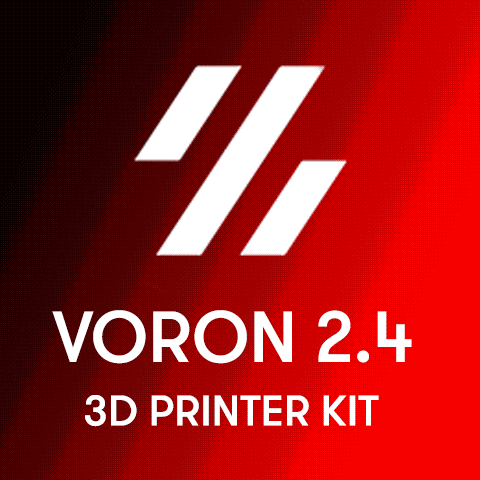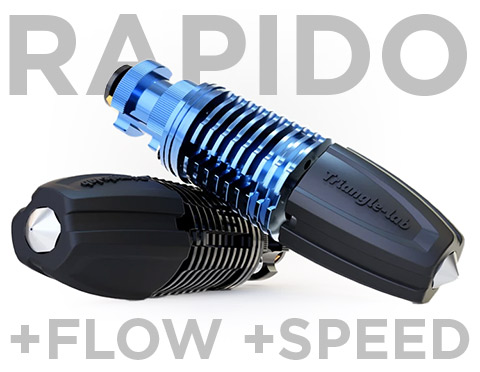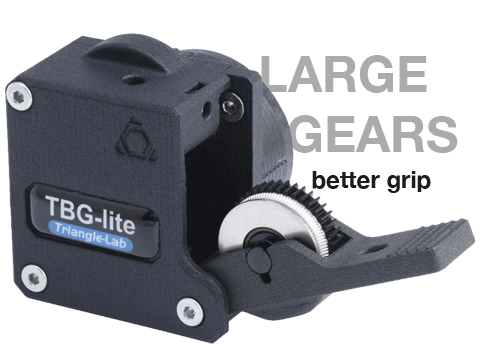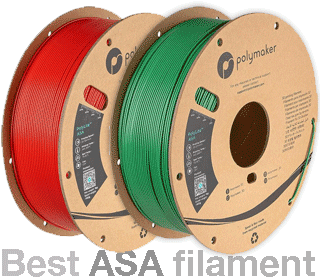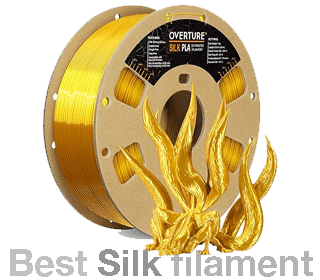Creality 3d printers are well known among hobbyists with 2 series of affordable machines – CR-10 and Ender, commercialized in several versions and generations. The newcomer Evnovo, targeted Creality customers with heavy weapons – the Artillery Sidewinder X1 and the Artillery Genius. Is the shot successful? Certainly, because there is huge positive feedback on various 3d printing groups, forums, Youtube, and Thingiverse.
In this review, we will compare side by side the latest CR-10 V2 printer from Creality and the Artillery Sidewinder X1. These are the hot printers right now, especially for those seeking reliable and easy-to-maintain/upgrade budget machines under $500.
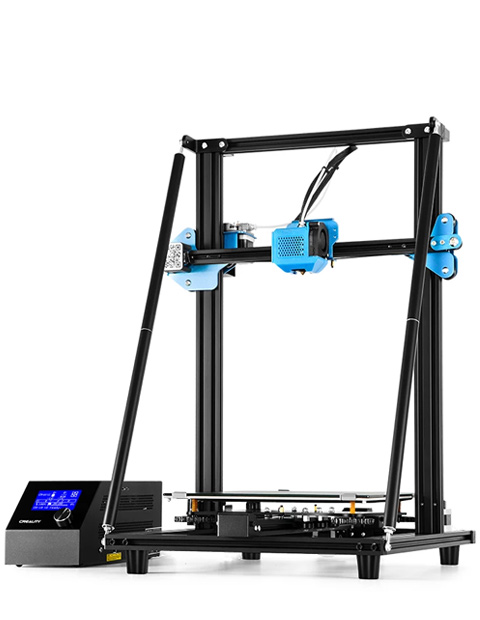
Get it now for $499
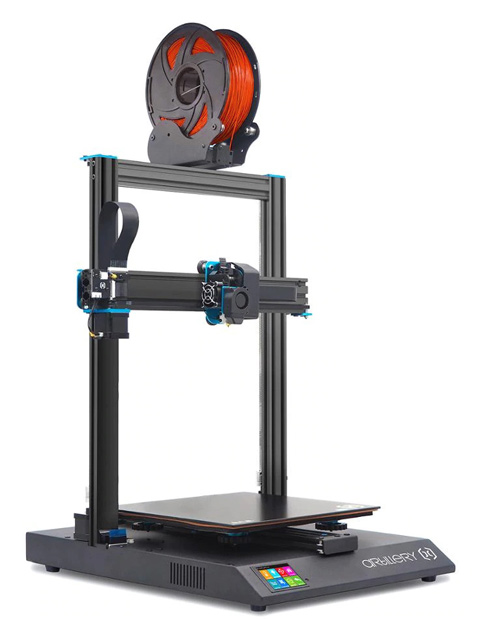
Get it now for only $399
Artillery Sidewinder X2
Check out our review of the new X2
Let’s start with an overview of the features:
Build volume
Both 3d printers feature large build volume of 300x300x400 mm or 11.8×11.8×15.75 in
Stock build surface
Both printers come with textured glass ( Carborundum Glass), which assures good adhesion and no warping for PLA prints.
Heated bed
The CR-10 V2 comes with a standard 24V heated bed and delivers up to 100 °C.
Artillery X1 is equipped with AC heated bed and solid state relay to control it. This is a modern approach with clear advantages – higher temperatures (up to 130 °C) and fast heating. The bed reaches 80℃ in less than 2 minutes.
Extruder and print head
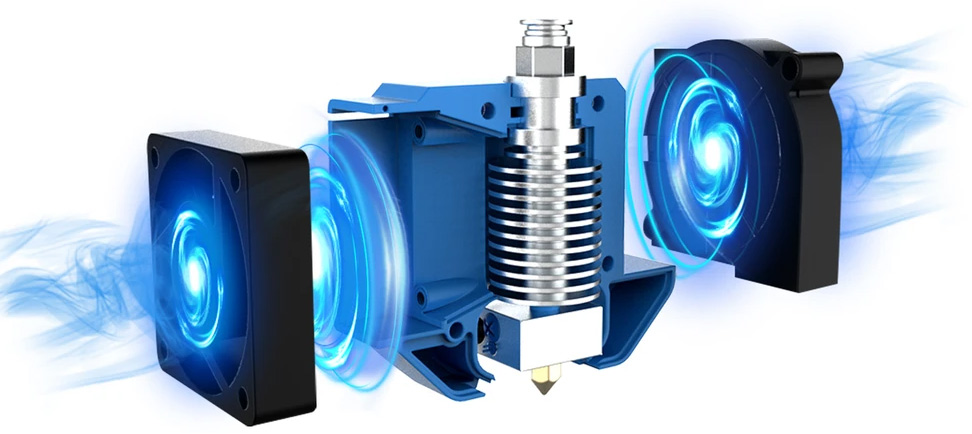
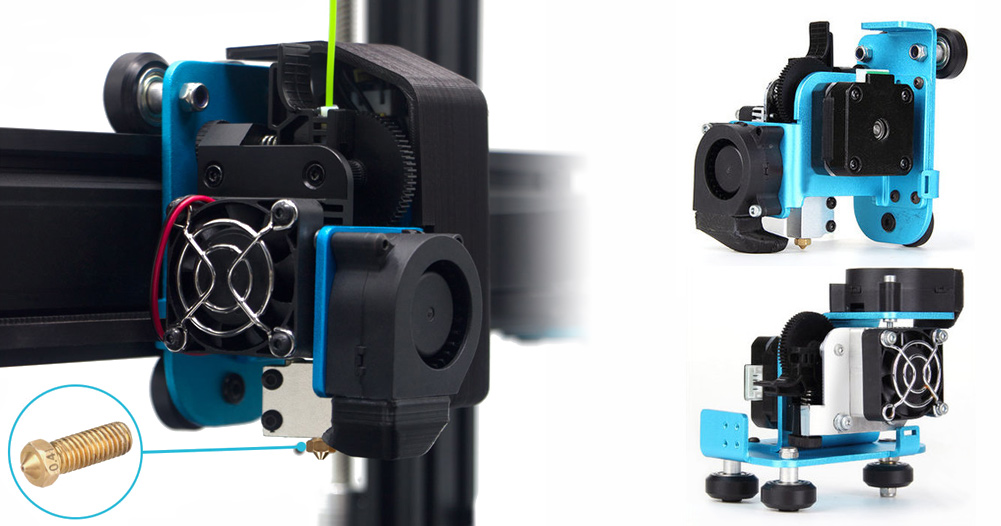
Power Supply
Both 3d printers are run on 24V. The Artillery X1 has a small fanless PSU, because the heated bed, which is the main load, is on AC 110 or 220 V. It is not powered by the PSU, but directly from the network through an SSR. The fanless PSU contributes to more silent operation.
The CR-10 V2 is equipped with a quality Mean Well 350W/24V power supply.
Frame & mechanics
The two printers have sturdy, solid construction based on aluminum extrusions. Movements in all axes use V-wheels mounts and carriages. The Artillery X1 has larger extrusions (4020 and 6020) than the CR10 V2 (2020 and 4020). Evnovo engineers did a great job choosing 6020 extrusions for the X and the Y axis, which improves dramatically the stability.
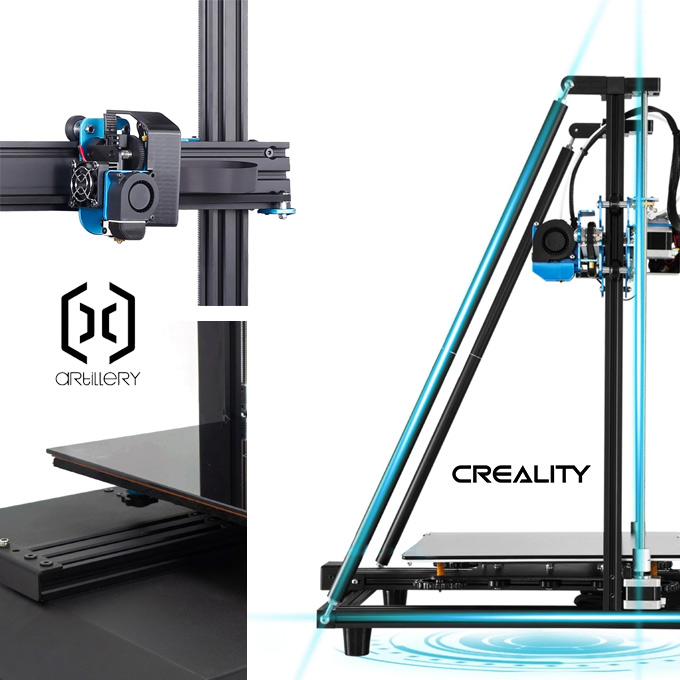
The CR-10 V2 offers diagonal drawbars in the standard version. This structure suppresses the vibrations and improves the precision when printing tall prints. A weak point for Creality is the mechanics of the bed, which are still exactly the same as its predecessor – the original CR-10. The bed is moving on a 4020 extrusion and is prone to backlashes when printing big.
I would give an extra point to Artillery X1 in this category, because it is much easier to install support bars on the Z than modify the Y and X mechanics.
Bed leveling
Manual bed leveling with turning knobs is standard on both printers.
Auto bed leveling (ABL)
The CR10 V2 offers factory mounted BLTouch option for an extra cost. BLTouch is also easy to install on the Artillery Sidewinder X1 by 3d printing a mount.
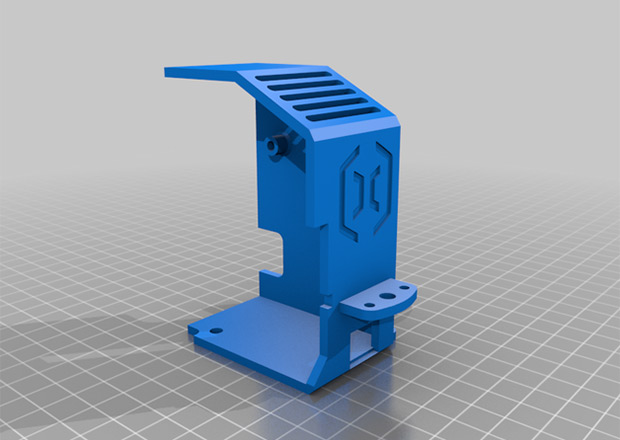
Other common features
Both the CR-10 V2 and the Artillery X1 offer most of the modern and often useless features like filament runout sensor, print resume after a power outage, and silent TMC step sticks.
Artillery X1 has an MKS Gen L control board with swappable stepper drivers (TMC2100 installed), while the CR-10 V2 comes with a Creality board with integrated TMC2208 stepper drivers. Both control boards are 8-bit.
Wiring and cable management
CR-10 V2 has standard cabling (with separate wires) and an OK cable management. Artillery X1 uses ribbon cables, which gives it a very elegant look.
I give my point to Creality though, because I like simplicity. Standard wiring just makes it easy to add or take out components and gives you more freedom to upgrade the printer.
Final thoughts
Artillery X1 and CR-10 V2 are great printers with a big build volume and nice features. They assure decent printing quality and speed. Together with the CR-10s Pro, they represent the best of cartesian 3d printing technology for big prints. The Artillery X1 is today $100 cheaper than the CR-10 V2 and I fill there is more for the money. Hardware is not everything though. Creality has a bigger community and tonnes of mods and upgrades available.
The choice is difficult and I can only share my personal preference. Being a loyal Creality customer since 2016, I am lately somewhat pissed off about their latest printers and lack of innovation. The CR-10s Pro was a great machine, but I fill like they are trying to maximize the profit by selling optimized components on banalized machines. Ender 5 Plus is a good example of hijacking a good brand image to sell obsolete electronics at a high price. So, I would go with the Artillery X1 for the innovation they bring to budget cartesian printers, especially the AC heated bed and the stable direct drive extruder.
Now the Artillery Sidewinder X2 is here and I absolutely recommend this upgraded machine to new users. It has all X1 features, but also offers reliable ABL and 32-bit board.


